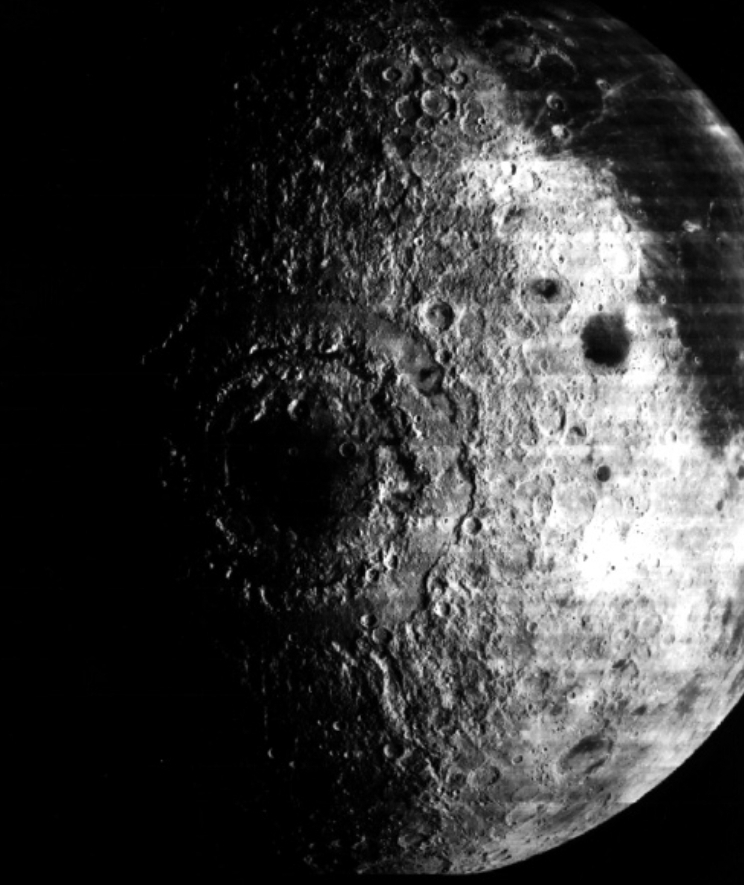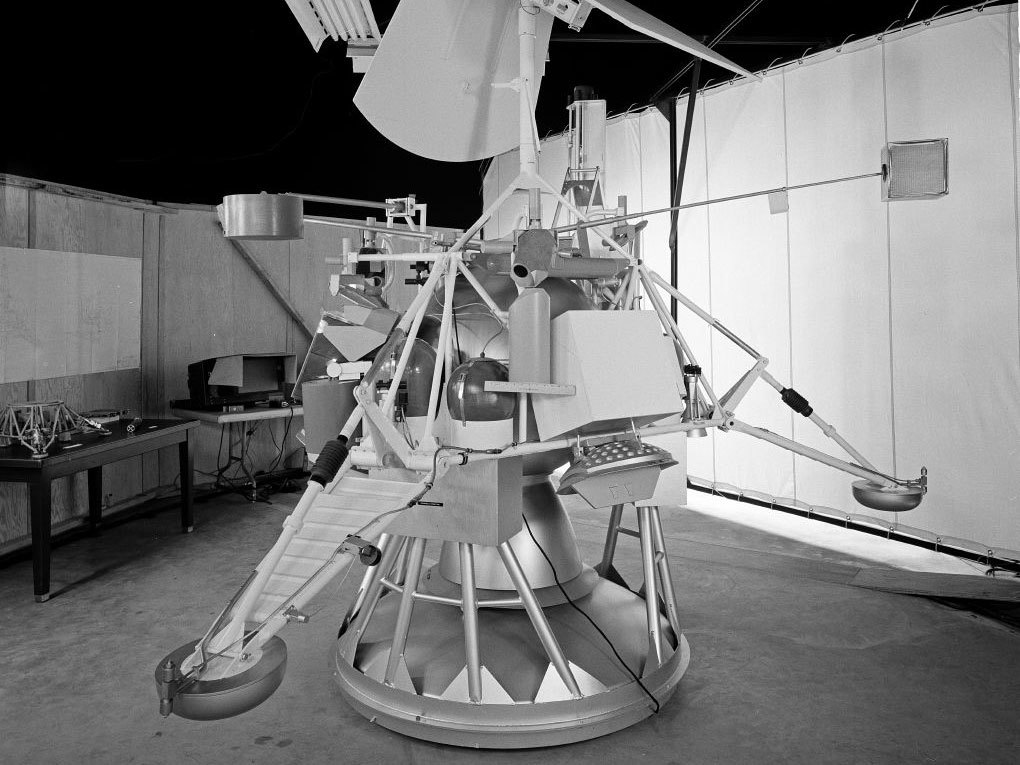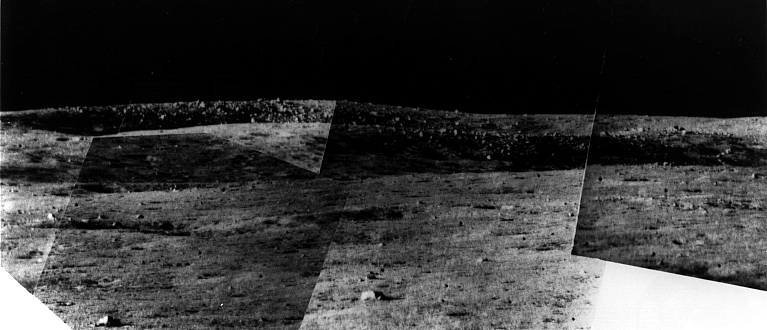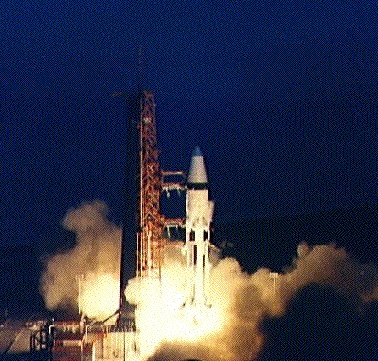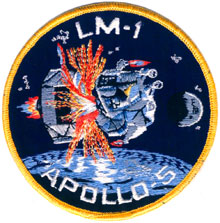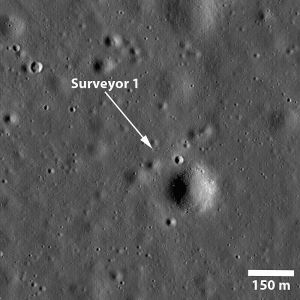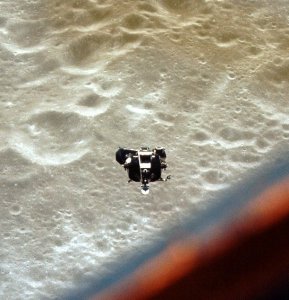Today saw the launch, in 1968, of the first three humans to orbit another astronomical body (the Moon, in case you were wondering), and to see an Earthrise. They were American astronauts James Lovell, Frank Borman and William Anders, and their vessel was Apollo VIII (or, more often these days, Apollo 8).
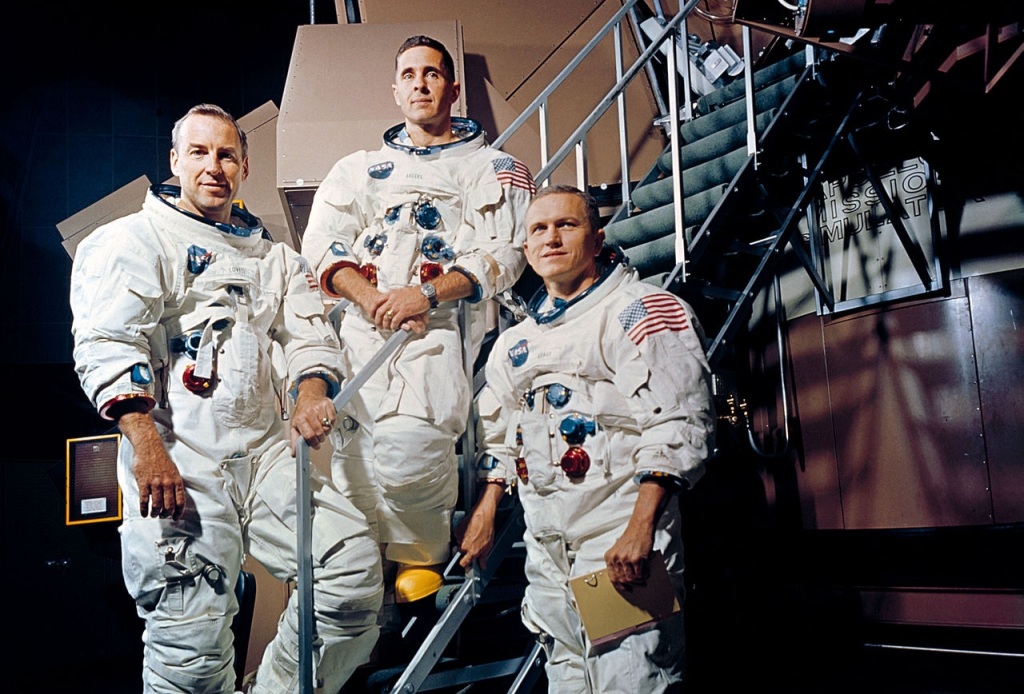
There was never any intention to land on the Moon on this trip; that would have been difficult without the Lunar Module, which was still being tested on terra firma. And travelling as far as the Moon hadn’t even been the intention just a few months before lift-off. The job of the Apolo VIII crew was originally to orbit the Earth with the Lunar Module attached, but that was changed at short notice, giving them a more historically significant role
Another first for the crew was their ability to take a photograph of the whole Earth. They were the first astronauts to be far enough away to get it all in the frame.
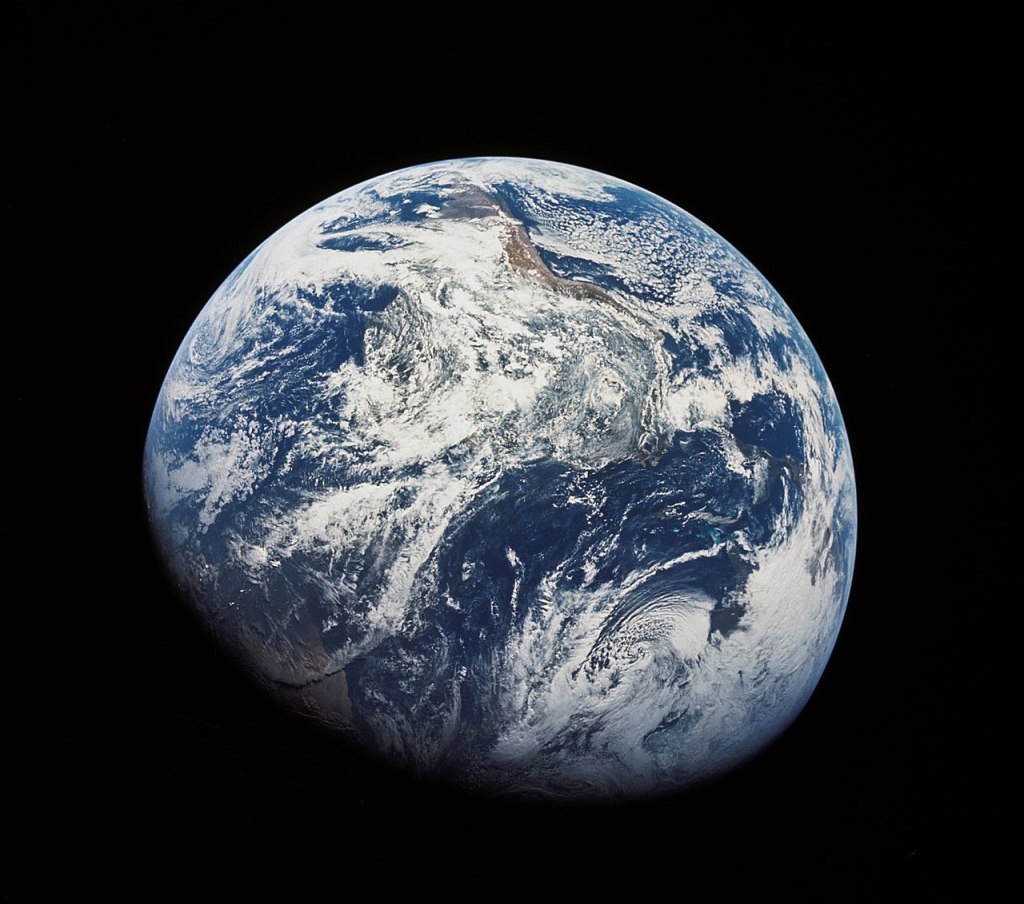
Lovell and Borman are currently (at December 2022) the oldest living astronauts. Both were born in 1928. Borman (born March 14) is the oldest by 11 days (Lovell was born March 25). Hong Kong-born former US ambassador to Norway, William Anders, is a relative spring chicken (born October 1933).
As with all the Apollo missions, the launch was made possible by using the Saturn V rocket, the largest and heaviest thing ever used to take people or stuff into space, head and shoulders above the Delta or Falcon Heavy, and absolutely dwarfing the shuttle. It took Apolo VIII just under three days to reach the Moon (notching up another first by passing through the Van Allen radiation belt), after which they spent a fourth day making ten orbits, before returning and splashing down in the Pacific and being picked up by World War II veteran USS Yorktown.

